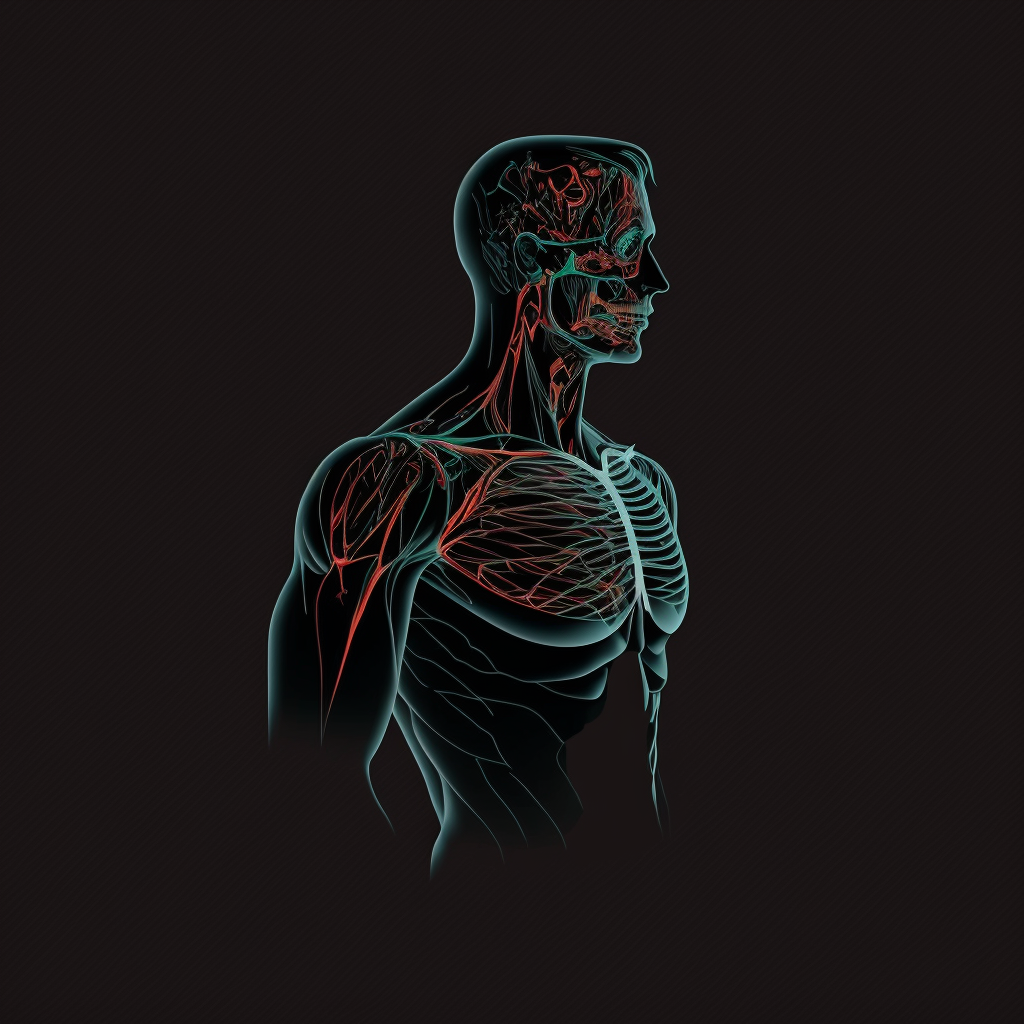Introduction to Human Anatomy
Introduction:
When it comes to human anatomy, there are multiple pieces that fit together to make a human.The purpose of these systems is very specific, but they work together continuously to hopefully maintain “homeostasis” and allow us to continue to live normal lives. The main systems are listed below, but just because it is not listed here does not mean that it does not play an important role:
Skeletal System
The skeletal system consists of bones, joints, and cartilage. It provides support and protection for the body and allows for movement. Major bones in the body include the skull, spine, rib cage, and pelvis.
Muscular system
The muscular system comprises muscles that produce movement and generate heat in the body. There are three types of muscles: skeletal, smooth, and cardiac.
- Skeletal muscles are attached to bones and are responsible for voluntary movements, such as lifting or waving your hand.
- Smooth muscles line the walls of organs and are responsible for involuntary movements, such as digestion and breathing.
- Cardiac muscle is found in the heart and is responsible for pumping blood throughout the body.
Nervous system
The nervous system is the body’s electrical system. It consists of the brain, spinal cord, and nerves. The nervous system sends, receives, processes information, and coordinates the body’s response to internal and external stimuli.
Cardiovascular system
The cardiovascular system is made up of the heart, blood vessels, and blood. The heart pumps blood through the blood vessels, which carry oxygen and nutrients to the body’s cells and remove waste products. Whole blood is composed of red and white blood cells, platelets, and plasma.
Respiratory system
The respiratory system is responsible for exchanging oxygen and carbon dioxide in the body. It consists of the nose, pharynx, larynx, trachea, bronchi, and lungs. Air is inhaled through the nose or mouth and is filtered and warmed as it passes through the respiratory system. The lungs then exchange oxygen and carbon dioxide through the alveoli, tiny air sacs in the lungs.
Digestive system
The digestive system breaks down food and absorbs nutrients. It consists of the mouth, esophagus, stomach, small intestine, large intestine, and anus. Food is mechanically and chemically broken down as it moves through the digestive system, and nutrients are absorbed into the bloodstream.
Urinary system
The urinary system filters waste products from the blood and eliminates them from the body. It consists of the kidneys, ureters, bladder, and urethra. The kidneys filter the blood and remove waste products, which are then eliminated from the body through the ureters, bladder, and urethra.
Endocrine system
The endocrine system is a chemical messaging system that helps to coordinate the body’s functions. It consists of glands that produce hormones, chemical messengers released into the bloodstream and travel to specific parts of the body to regulate various functions, such as metabolism, growth, and development. Major endocrine glands include the pituitary gland, thyroid gland, and adrenal gland.
Summary
All of the body systems work very close with each other, and this is a very brief guide. There are even systems that are not in this list that help support these systems. The entire purpose of this is just to provide a very brief introduction, and let you find the things that interest you to look up more right now. While there is not a shortage of resources or guides to these things all over the internet, the list above is very concise and to the point over the main idea for this system. If you’re interested in additional resources, we have a brief study guide for all the main systems available for free, with even more available if you subscribe and create a paid account today.
